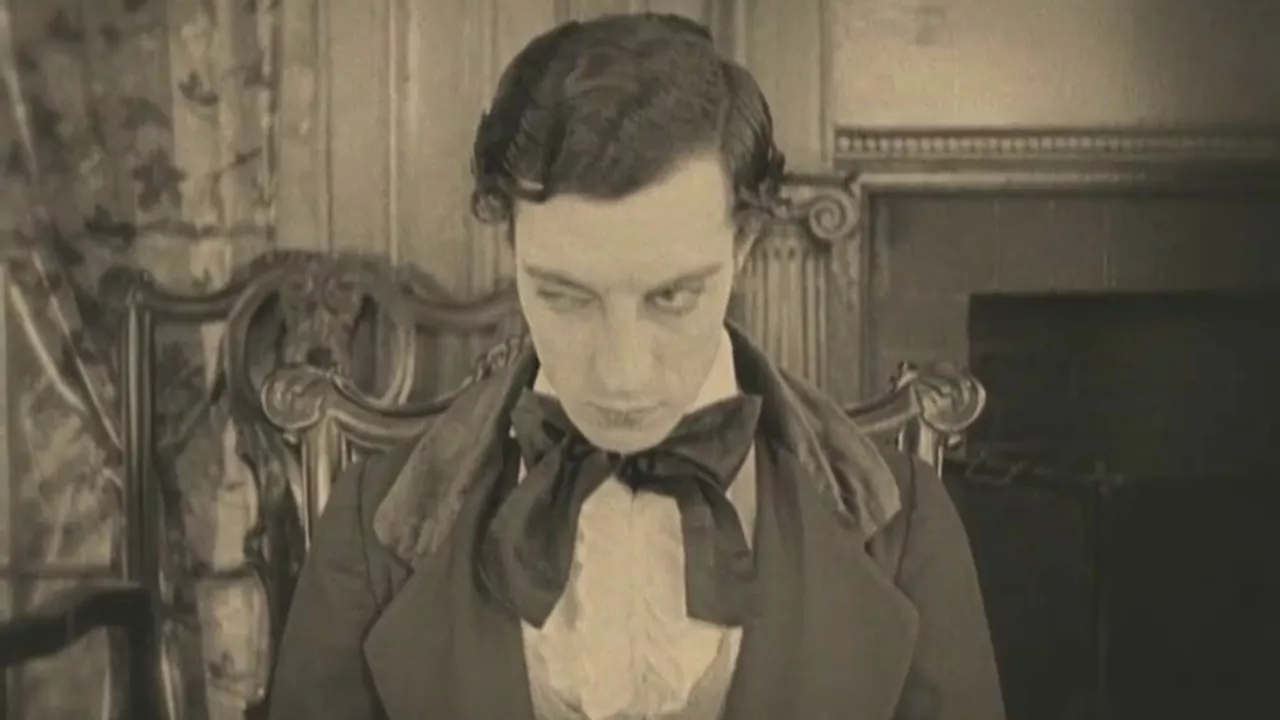Buster Keaton: The King of Silent Comedy
If you’ve ever watched a movie where a character walks off a cliff and lands perfectly on his feet, you’ve seen Buster Keaton’s magic. Born in 1895, Keaton grew up on stage and soon turned his talent for physical humor into a film career that still feels fresh today. He didn’t need dialogue to make us laugh – his dead‑pan face, daring stunts, and razor‑sharp timing said it all.
Keaton’s style is simple: treat dangerous tricks like a puzzle, not a risk. He’d design a set piece, rehearse it for weeks, then pull it off in one take. The result? Scenes that feel both impossible and believable. Think of the famous falling house façade in Steamboat Bill, Jr. – the whole wall crashes down, but Keaton walks right through the opening in his shirt. No CGI, just pure craftsmanship.
Why Buster Keaton Still Matters
Modern directors keep quoting Keaton because his work teaches a core lesson: comedy lives in the moment. He showed that a straight face can be louder than any punchline. That idea shows up in today’s action comedies, where physical mishaps replace witty scripts. Even big studios study his blocking to make chase scenes feel natural.
Besides the laughs, Keaton’s movies capture a slice of 1920s America. He filmed on real streets, used actual trains, and built massive props that still impress viewers. Watching his films is like stepping into a time machine that still feels relevant. That’s why film schools use his clips to teach visual storytelling – you can learn how to tell a story without saying a word.
Must‑Watch Keaton Films
Not sure where to start? Here are three essential titles that show off his genius:
1. The General (1926) – A train‑filled adventure where Keaton plays a locomotive engineer trying to rescue his love and his train. The film mixes daring stunts with a sweet romance, and the train chase scenes still wow audiences.
2. Sherlock Jr. (1924) – Keaton plays a projectionist who dreams of being a detective. He jumps into the screen and solves a crime in a world that bends reality. The split‑screen tricks were groundbreaking for the era.
3. Steamboat Bill, Jr. (1928) – Famous for the falling wall gag, this film shows Keaton as a disgraced son trying to prove himself. The physical comedy is relentless, and the emotional core makes it more than just slapstick.
If you’ve watched one of these, you’ll get a feel for why critics call Keaton “The Great Stone Face.” He never smiled on camera, but his work still makes us grin.
Beyond the classics, you can find Keaton’s influence in movies like Home Alone (the trap sequence screams Keaton) and in animated shows that use silent gags. The secret is always the same: let the action speak.
So next time you’re looking for a film that’s pure fun and pure craft, hit play on a Buster Keaton title. You’ll walk away with a deeper appreciation for the art of visual comedy and a reminder that sometimes, a straight face is the funniest thing you can wear.

